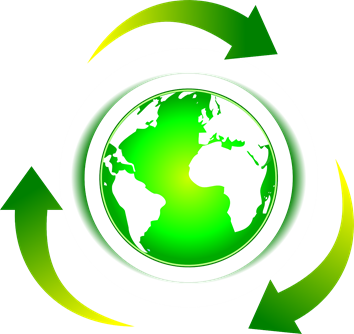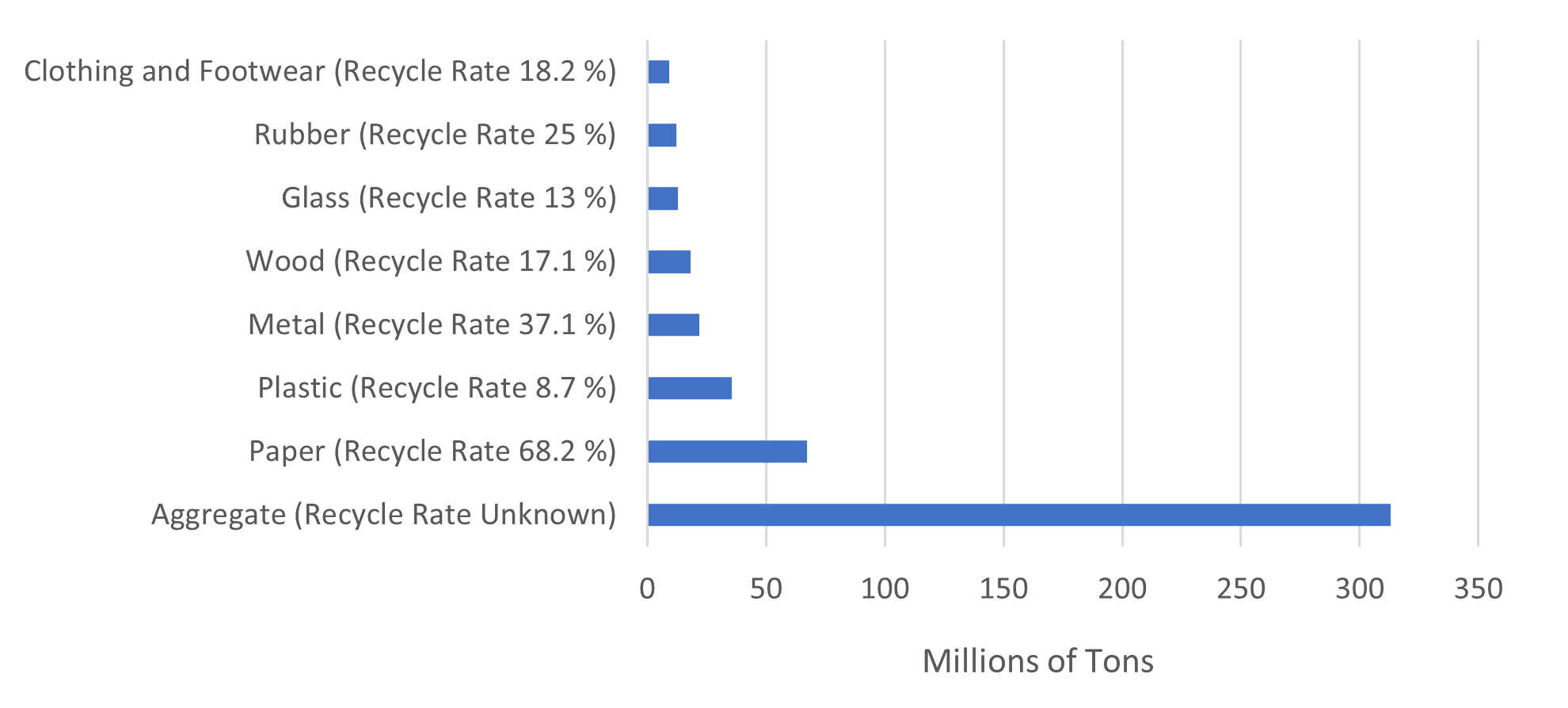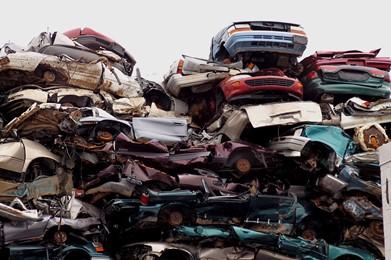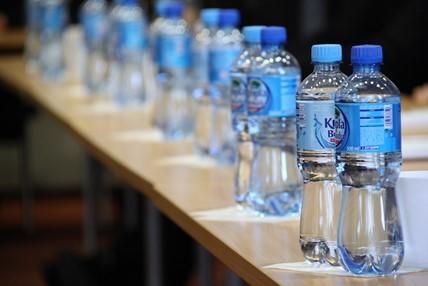Circular Economy: Recycling

READ THE REPORT HERE

Three primary needs are identified for plastics recycling. The first is a need to aggregate streams to increase volume and economies of scale. This might include reducing the number of plastic types, standards for additives in plastic, standards for tracking additives in plastic, and understanding the economics of individual plastic streams. Another need is standards or technologies for a low cost means for separating post-consumer plastic types and preventing/removing contaminants. The final need is the most notable, which is the need to be able to differentiate product brands and models by recyclability. This might be achieved with a standard metric such as an index or score, which allows consumers to reliably select recyclable products and allow producers to benefit from producing recyclable products. This need is the most notable because it can create incentives for stakeholders to solve the other needs themselves. Aside from regulations, taxes, subsidies, or a substantial increase in virgin material costs, it will likely be difficult to increase plastic recycling rates without the ability to differentiate products by recyclability.
The success of recycling relies on both the user recycling old products and manufacturers utilizing the recycled material. Thus, it requires action from multiple stakeholders. It is estimated that if we recycled all plastics it would result in a 25 % decrease in carbon equivalent emissions (Zheng and Suh 2019). Currently, it is estimated that 8.7 % of plastics are recycled (U.S. Environmental Protection Agency 2021). For ferrous metals, an estimated 58 % (H&C Metals 2022) to 73 % (Broadbent 2016) of carbon equivalent emissions are reduced when recycled and an estimated 33 % of these materials are recycled (EPA 2021). It is important to note that recycling consumes energy, sometimes more than that required to produce items from raw material (e.g., glass); thus, it may not always be advantageous to recycle (Chicago Metropolitan Agency for Planning 2013).
There are a number of different materials that might be recycled, as seen in Figure 5.1. The generation and discarding of these materials have varying effects. Each material has a different environmental impact, level of contamination when discarded, technological importance, and raw material abundance. The focus here is primarily on the recycling of metals and plastics. These materials are a nonrenewable resource that often contaminate the environment when discarded; constitute a significant amount of the material in technology products, including electronics, automobiles, and appliances; are in a variety of product types such as clothing (e.g., 52 % of the materials used are polyester made with PET plastic [Textile Exchange 2021]); and they are often recycled at a low rate. Other materials are renewable (e.g., wood or cotton), often occur in abundance (e.g., aggregate), do not significantly contaminate the environment when discarded (e.g., glass), are recycled at higher rates (e.g., paper), or play a limited role in technology products.

Source: EPA. (2021c). “Facts and Figures about Materials, Waste and Recycling.” https://www.epa.gov/facts-and-figures-about-materials-waste-and-recycling/z-directory-facts-and-figures-report-about (accessed 7-26-22)

Metal Recycling: Metals often have a high value and the recycling of metals like copper, aluminum, and steel has been common before public policies on recycling were enacted (Soderholm and Ekvall 2020). Generally, metal can be recycled repeatedly without degradation of the material. Prices for scrap metal are often volatile and determined by the U.S. market, which is influenced by several factors, including weather patterns and shipping costs (Aylen and Albertson 2006). Despite the relatively high value of scrap metal, 29 % of discarded (i.e., recycled, incinerated, or landfilled) nonferrous metal and 54 % of discarded ferrous metal ends up in a landfill (EPA 2021a, EPA 2021b). In the US, metals are recycled at varying rates: lead (76 %), titanium (60 %) magnesium (52 %), aluminum (51 %), nickel (51 %), iron and steel (47 %), tin (35 %), copper (34 %), and chromium (27 %) (Statista Research Department 2022).
Reck and Graedel (2012) identify that recycling is often limited due to human behaviors, product design, and recycling technologies. They further identify that out of 60 metals, 34 are recycled at a rate of less than 1 %, five are recycled at a rate between 1 % and 25 %, 3 between 25 % and 50 %, and 18 at greater than 50 % with many being just above 50 % (Reck and Graedel 2012). Typically, recycling metals requires significantly less energy, sometimes 10 or 20 times less, but some metal alloys cannot be easily reprocessed to their elemental form and others are essentially impossible (Reck and Graedel 2012). The difficulty in separating alloys emphasizes the need to consider the end of life when designing a product. For most unrecycled metals, it is estimated that a price increase of one or two orders of magnitude might be needed to make them economical (Fizaine 2020). Research suggests that factors such as the concentration of metal in a product has more impact on the recycling rate than the price of metals (Fizaine 2020), which again emphasizes the need to consider product design regarding increasing recycling.
Given the challenges with metal recycling, at least three needs are identified. There is a need for a standard metric for comparing recyclability to allow consumers to select those products that might be more sustainable. For instance, an index or score. This would not only allow consumers to reliably select recyclable products, but it would also allow producers to benefit from producing recyclable products. This is the most significant of the needs, as this can provide incentives for stakeholders to solve the other needs. Another need is a low cost means for identifying and separating materials. This could include a number of things, such as standards for indicating what materials are in a product or standards for indicating the location of batteries and capacitors. The last need is a low cost means for reprocessing materials, which might include standards for reducing the material variation within a product or new technologies/innovations for reprocessing.

Plastics Recycling: The adoption and use of plastics increased significantly in the last 50 years and waste created by this material is becoming increasingly challenging to address. Plastic production represents approximately 3.6 % of U.S. environmental impact and was 12.2 % of municipal solid waste in the U.S. in 2018 (U.S. Environmental Protection Agency 2021). There are three primary streams for plastics: landfilling/disposal, recycling, and incineration (Vogt et al. 2021). It is estimated that as of 2015, 9 % of plastic is recycled,12 % is incinerated, and 79 % is disposed of in landfills (Geyer et al. 2017). Globally it is estimated that 16 % of plastics are mechanically recycled, 25 % are incinerated, 40 % are disposed of in landfills, and 19 % are unmanaged (Gao, 2020). PET, which is used for carbonated beverages, has the highest recycle rate. Typically, plastic does not biodegrade or does not biodegrade in any reasonable amount of time and plastic debris collects in landfills, waterways, and other locations (Geyer 2017).
Unfortunately, plastic recycling faces several challenges. For instance, contamination is a concern that can affect performance, appearance, and have health consequences when used in food containers (Selke 2001). Many consumers may imagine that their soda bottle is recycled repeatedly in a circular flow; however, when a plastic is recycled, it is often recycled for a different use that has lower performance requirements, as recycled plastic typically degrades. For instance, Polyethylene terephthalate (PET) soft drink bottles, which have a higher recycling rate (see Table 5.2) is often recycled into carpet or non-food bottles, as the process for making it suitable as a soda bottle can be expensive (Selke 2001).
In addition to the limitations on recycling, there are about 60 popular plastic types with more than 300 different types in total and they cannot all be recycled together. There are about seven major categories of plastic and, potentially, many small streams with a low volume (Chen 2021). Frequently, plastics labeled with the same number cannot necessarily be recycled together. Plastics also contain plasticizers, flame retardants, heat stabilizers, fillers and other additives, which affects the ability to recycle the materials into certain products with specific applications, such as food or biomedical packaging (Gu et al. 2017; Geyer et al. 2017). The result of all these complexities is that the cost for using recycled plastic material for some applications can often be higher than virgin material. In some cases, for manufacturers it is estimated to be slightly higher while in others it can be twice as high as virgin material (Staub 2021).
Successful recycling tends to happen when it is financially viable, technically feasible, and environmentally safe. Currently, this includes homogeneous high-value, low-contamination streams with many being affected by the price of oil (Merrington 2017). Plastics recycling is often broken into post-industrial recycling and post-consumer recycling. Postindustrial recycling includes recycling waste material generated from the manufacturing process. Many companies focus on this type of recycling, which is often more profitable, as it includes concentrated quantities of uniform material that is, largely, uncontaminated. Postconsumer recycling is the recycling of waste material from consumers. Successful recycling of postconsumer plastics is focused on those available in high volumes, are easily identified, and are of high-value resin type. Unfortunately, only a limited number of plastics present a “value generating” or profitable opportunity. For instance, Gao (2020) identified that approximately 20 % of plastic collection efforts met a threshold 15 % return on investment or higher for recycling (Gao 2020). Another 50 % had positive returns but did not meet the 15 % threshold. The last 30 % had negative returns.
At the basic level, there is a disconnect in the incentives for recycling plastic material in that the producers and users of plastic products do not bear the cost of the environmental impact for producing and discarding the goods. Additionally, if a manufacturer opts to purchase recycled material at a higher price to be environmentally sustainable, they are likely to struggle to reap benefits for doing so. Only a proportion of consumers are willing to spend more for environmentally friendly products, assuming they can differentiate them from other products. Because of higher material cost, the price of the finished product is likely to be higher, possibly resulting in lost sales. The effect could even be such that it eventually drives the manufacturer out of business, leaving only those producers that did not use recycled material.
Contacts
-
(301) 975-4918

